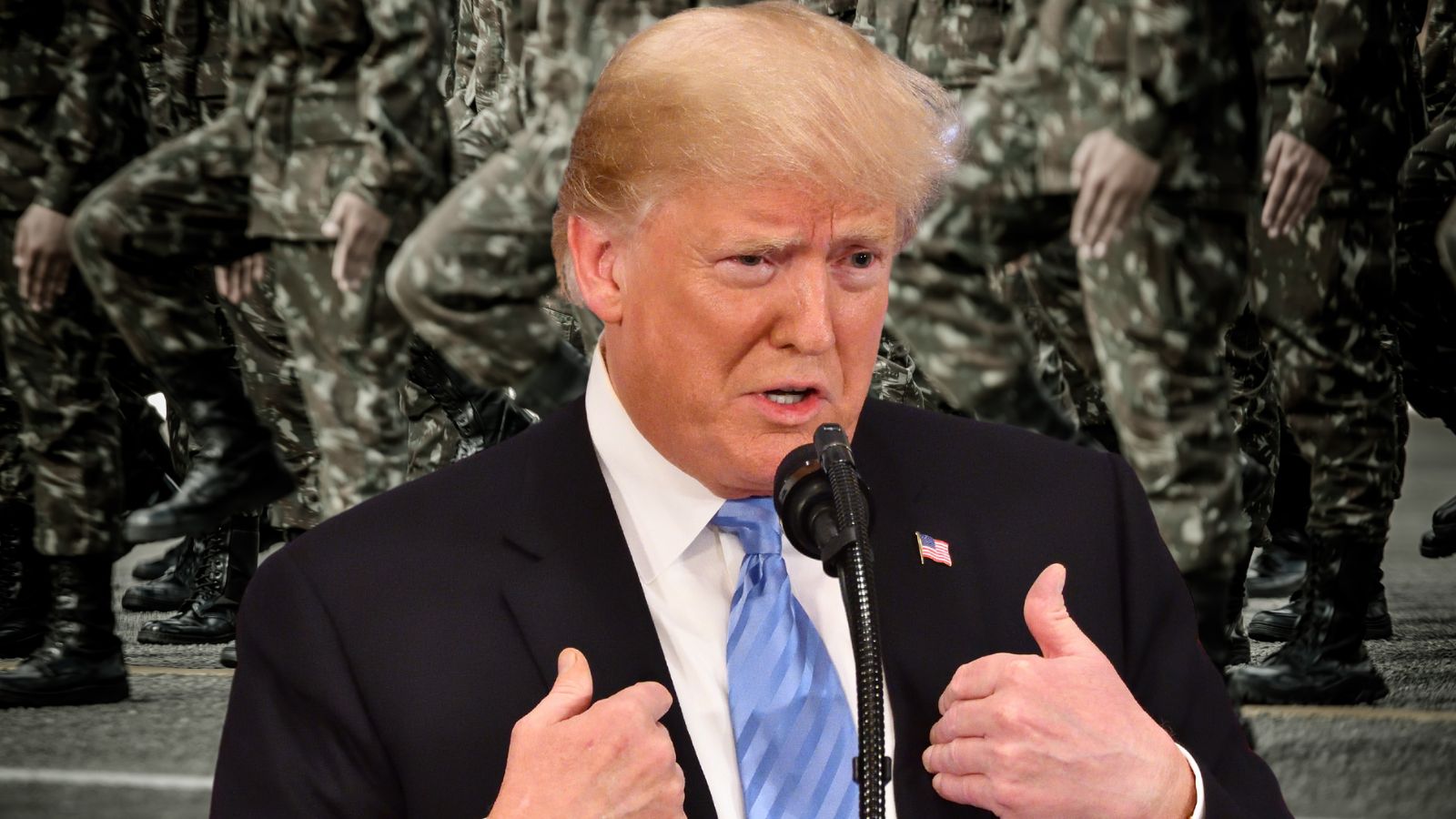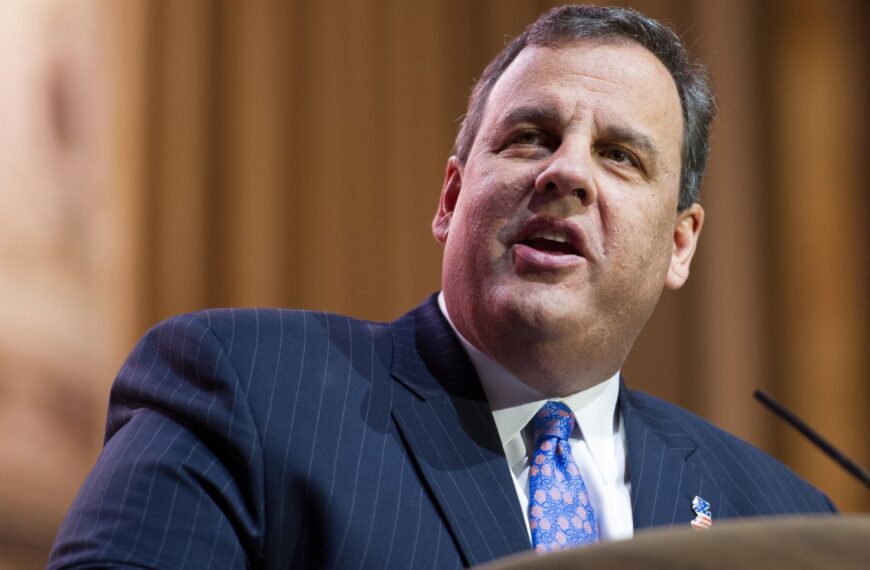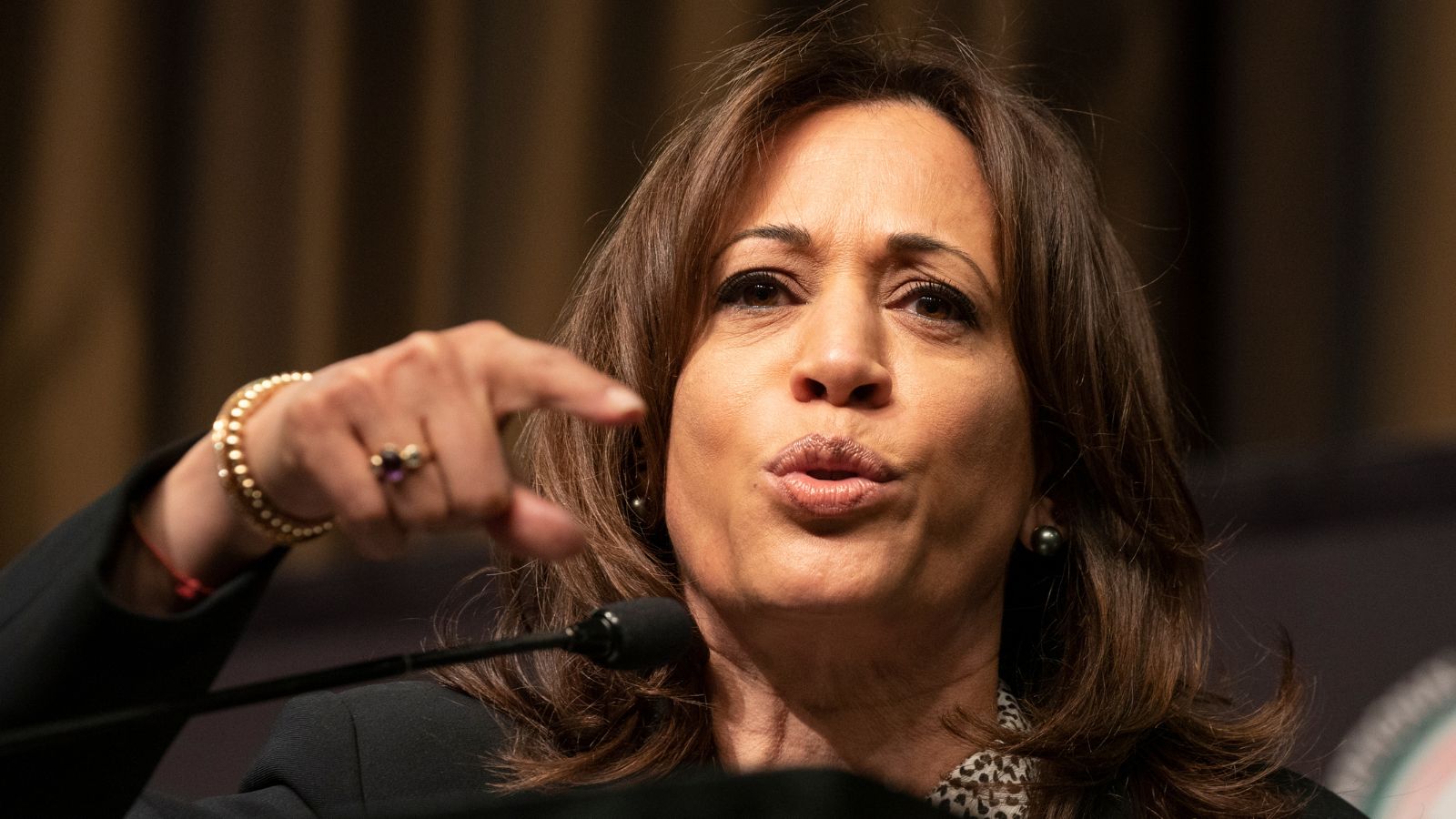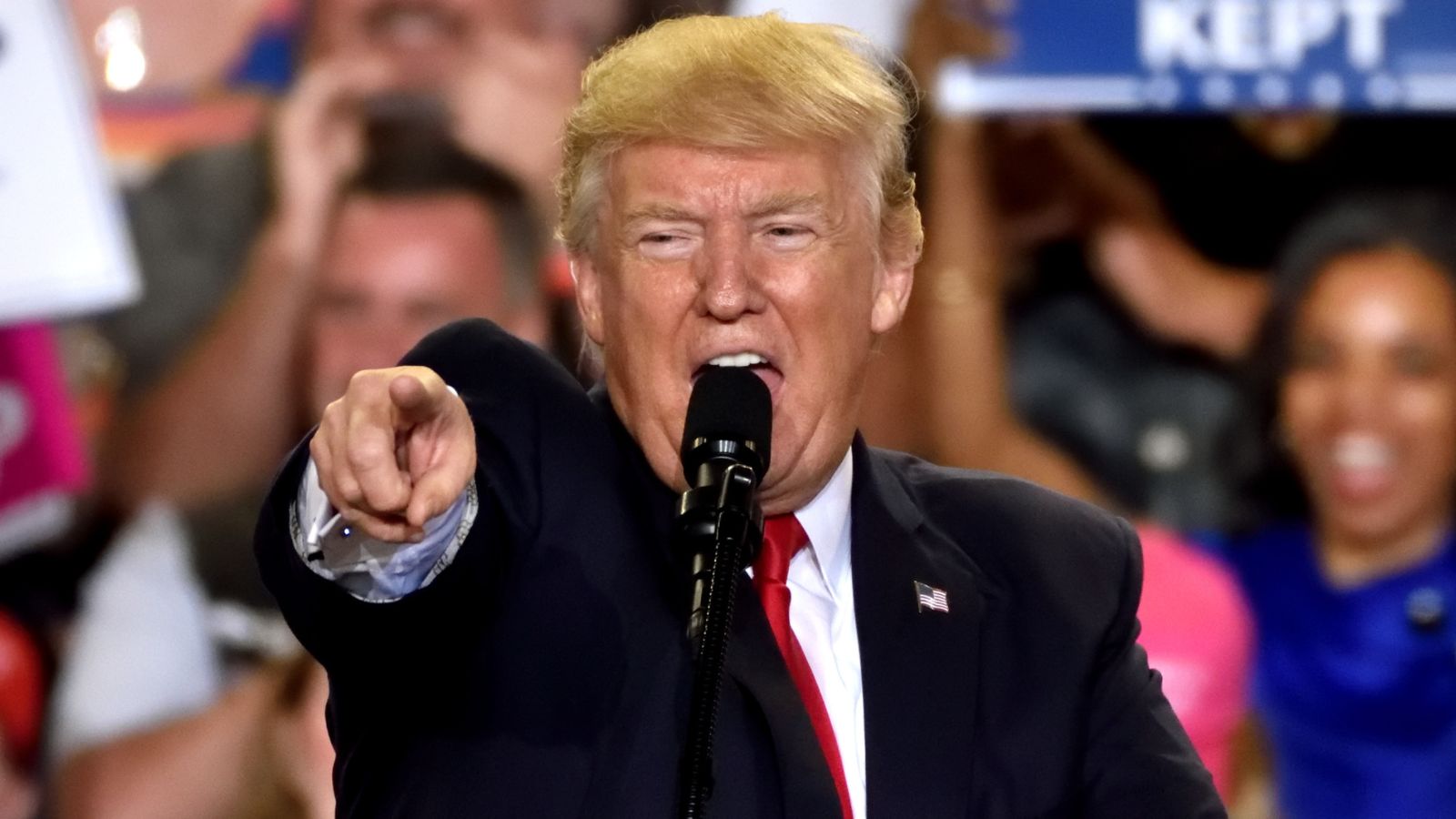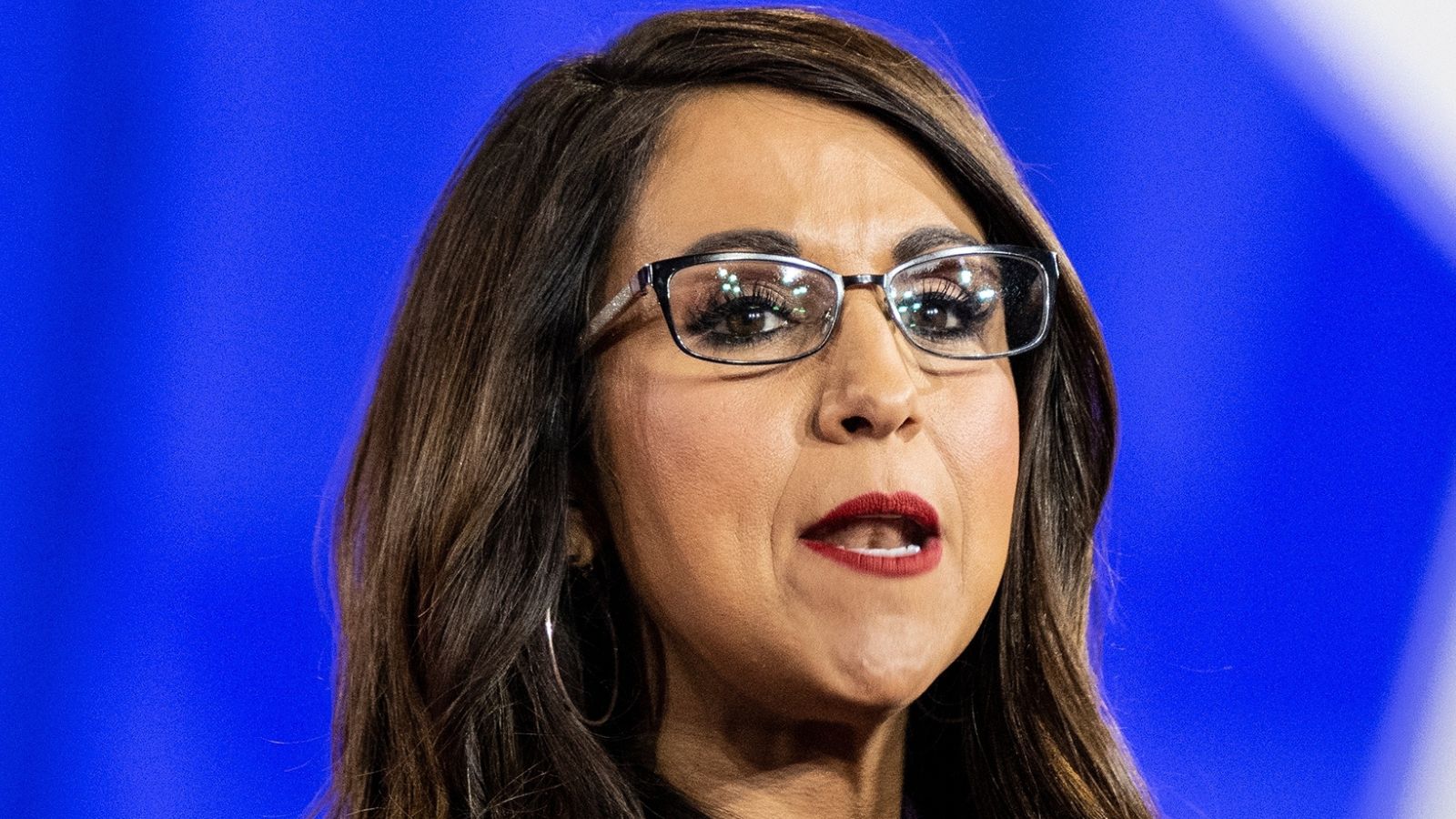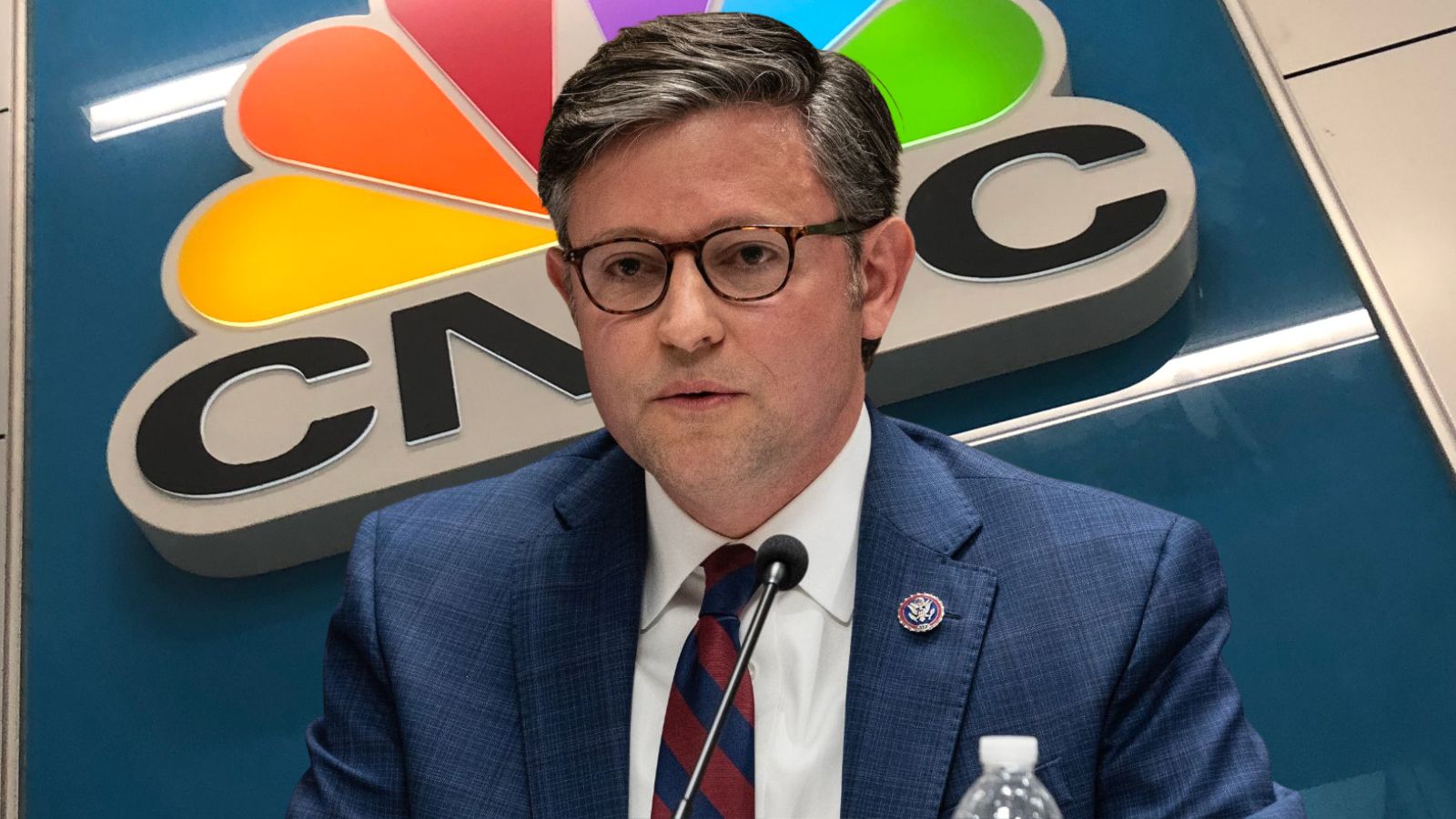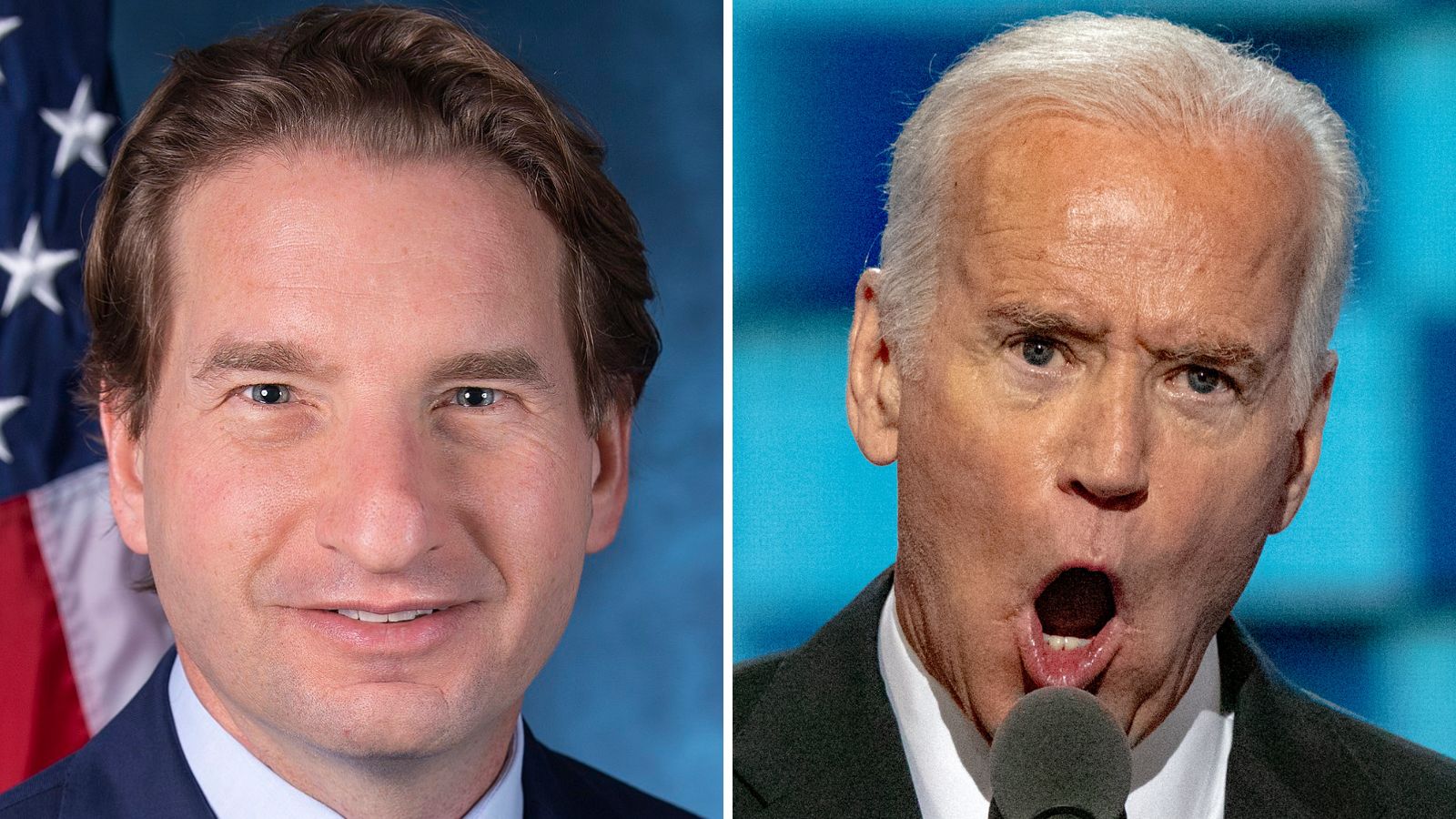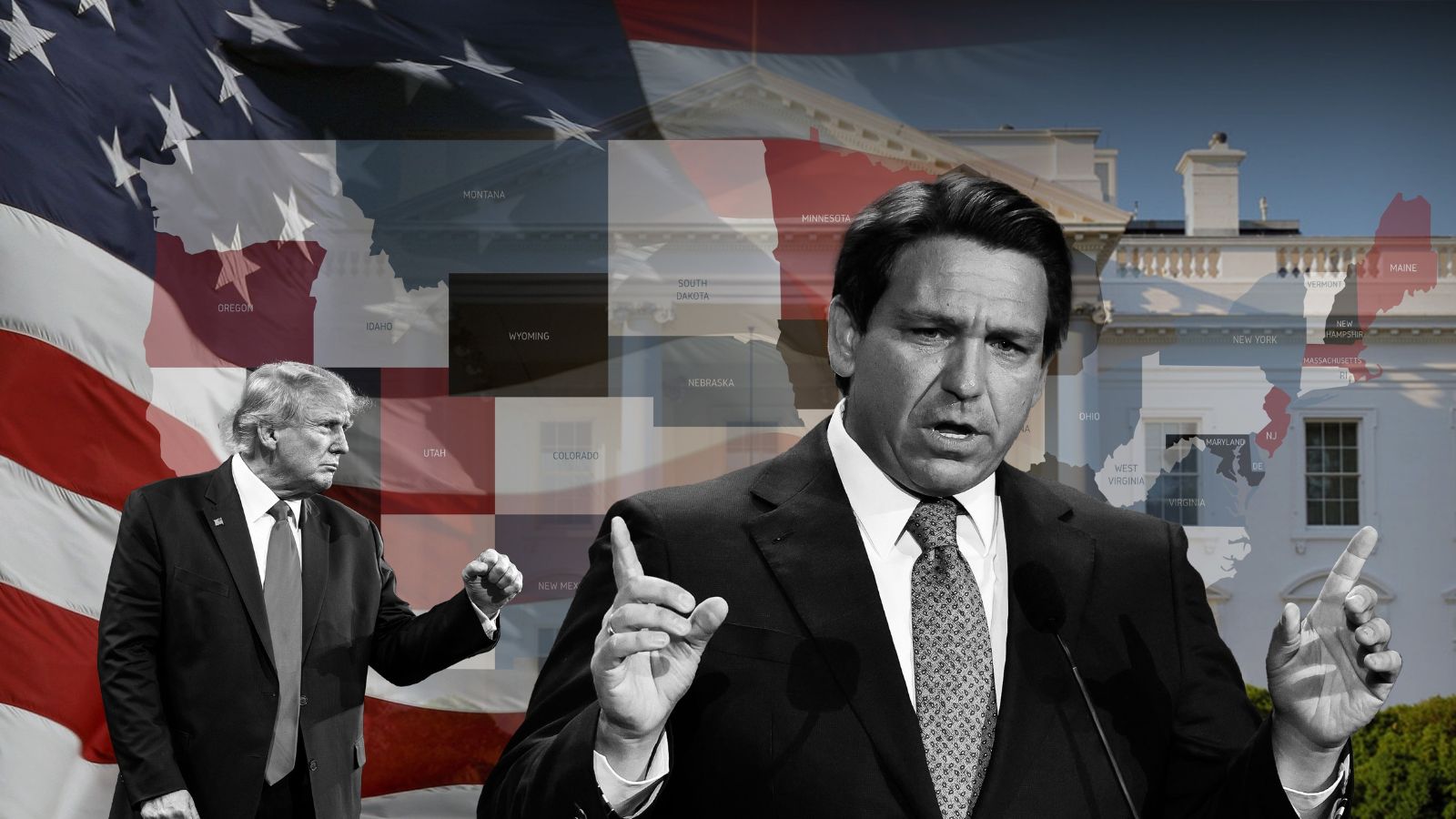In recent times, the political landscape has been dominated by former President Donald Trump’s increasingly divisive rhetoric. His statements have had many implications and elicited many strong reactions. In particular, his speech and social media posts have stirred considerable controversy.
The Escalation of Rhetoric by the Former President
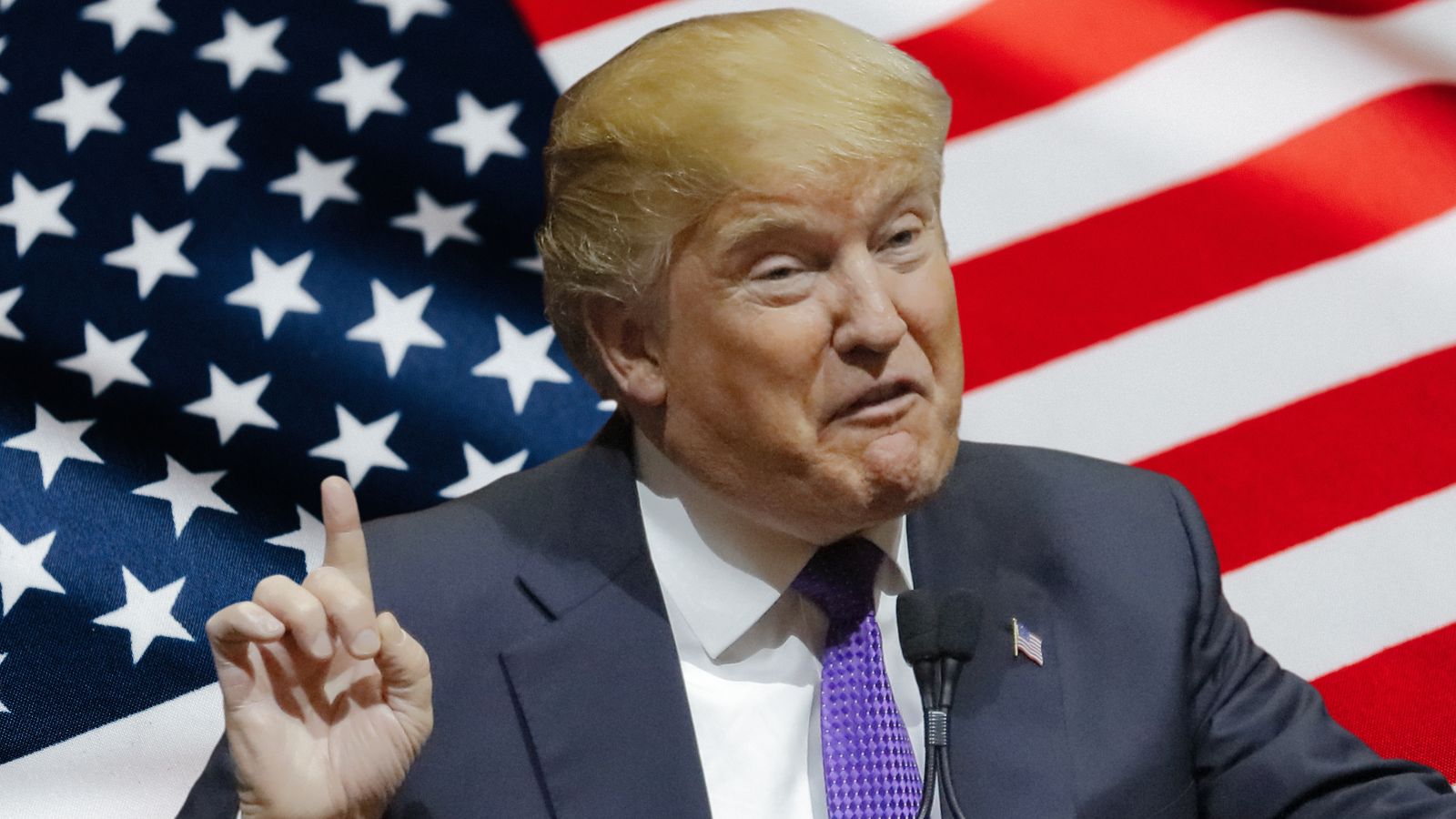
Donald Trump’s recent communications have taken a disturbing turn. His language on social media and in speeches has veered into what many consider to be eliminationist threats. This shift marks a significant escalation in his communication style, which many claimed was already controversial.
Trump’s Impact on the Political Dialogue

Since Donald Trump’s unexpected rise to the presidency in 2016, he has significantly altered the nature of political discourse. Some have asked if this movement pushed American politics into a more authoritarian and antidemocratic realm. They argue it is similar to troubled European democracies of the past.
Debating the Definition of Fascism
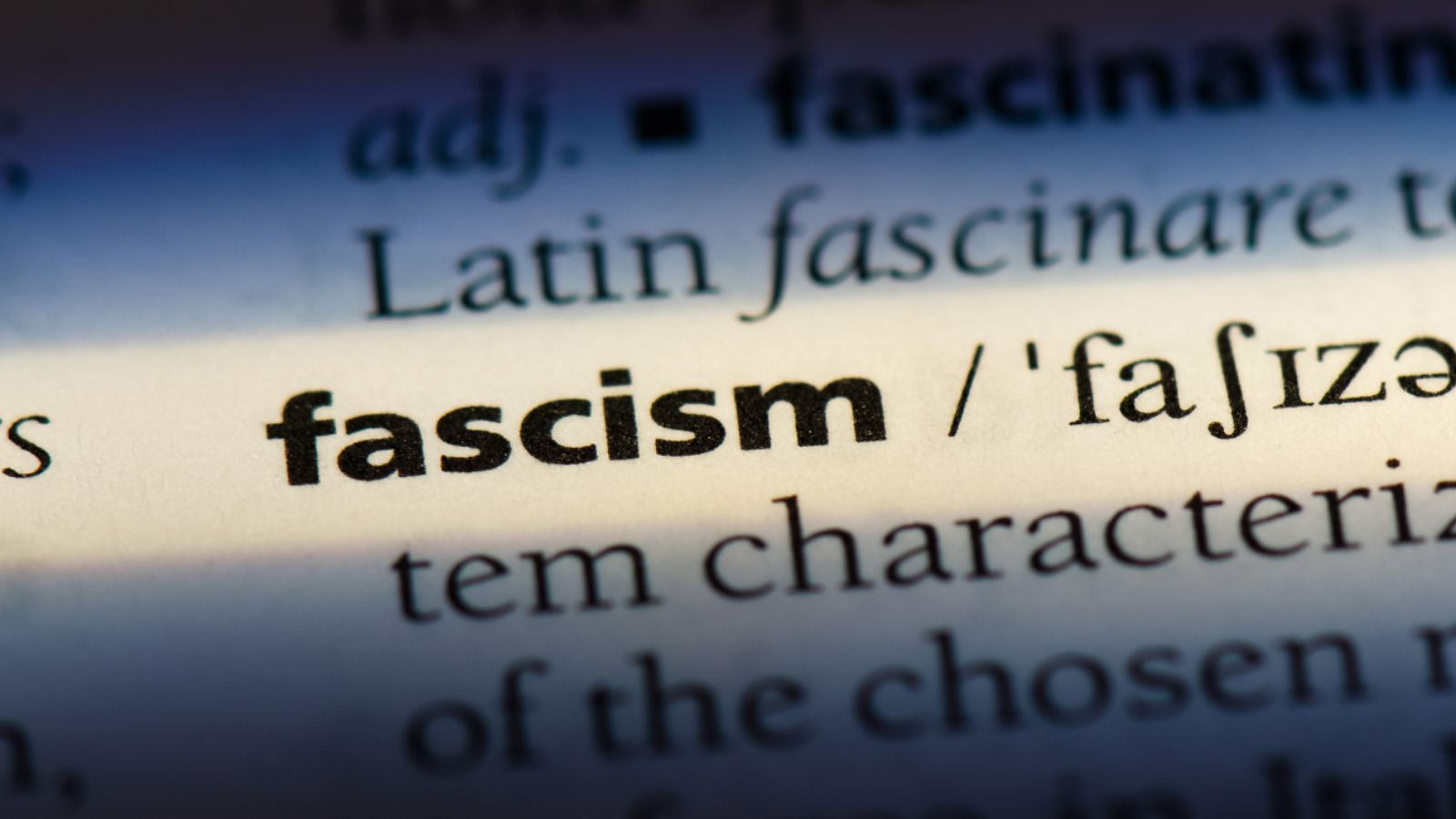
The ongoing debate among political commentators regarding Trump’s political alignment has often been seen as an intellectual exercise. Many see it as detached from the realities of his administration’s actions. The focus has been on categorizing his political movement within historical definitions of fascism.
Trump’s Aggressive Policy Stance

Trump’s administration has been characterized by aggressive policies and rhetoric. This has included threats of military action against Mexico, along with a multi-pronged attack on voting rights and censorship of ideological dissent. This hardline approach raises questions about the democratic underpinnings of his governance.
Veterans Day Post

Donald Trump’s Veterans Day on Truth Social post demonstrated his hardline stance. He declared a commitment to eliminate what he described as “Communists, Marxists, Fascists, and Radical Left Thugs.” This language, comparing political enemies to “vermin,” mirrors the kind of language used by authoritarian leaders throughout history, which sparked sparking alarm.
Analyzing Trump’s Fascist Rhetoric

His language also involved demonizing political opponents and extolling military virtues. To some, it seemed to echo historical authoritarian figures. This approach has intensified the debate over whether Trump’s political behavior fits into the framework of fascism. This discussion has gained traction in recent years.
Media Response to Trump’s Speech

The media’s coverage of Trump’s Veterans Day speech varied significantly. Outlets like The New York Times downplayed its extreme nature with headlines such as “Trump Takes Veterans Day Speech in Very Different Direction.’ However, others like the Washington Post and Forbes were more direct, drawing parallels to historical fascist propaganda.
The Fascist Undertones in Trump’s Campaign
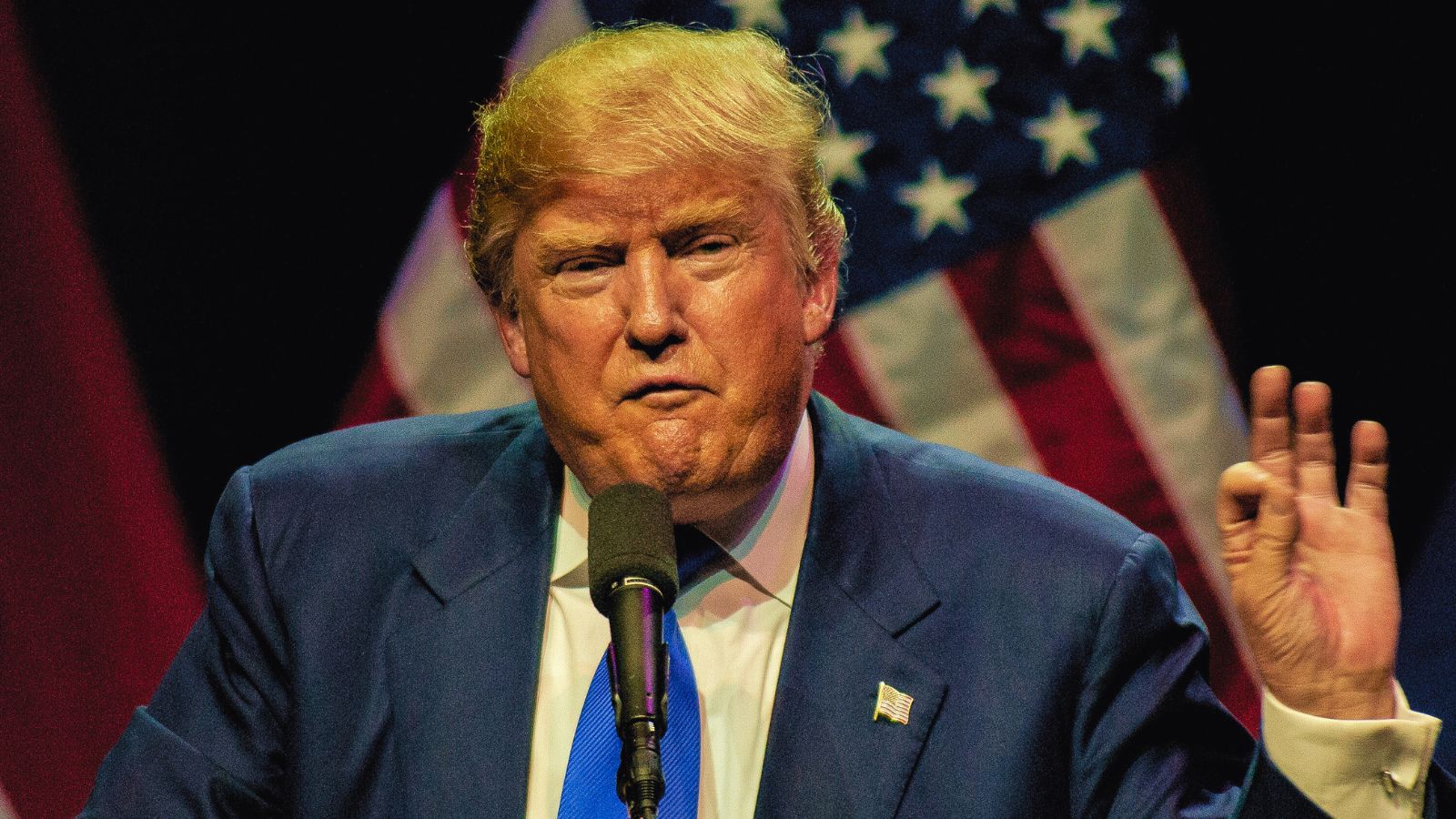
The rhetoric used by Donald Trump and his campaign has repeatedly drawn comparisons to fascist ideologies, although his campaign has denied this. To some, Trump’s authoritarian tone is clear in how he rejects critics. They argue that his choice of language is very similar to that used by fascist regimes.
Media’s Reluctance to Use the ‘F-Word’

The reluctance of mainstream media to label Donald Trump’s actions and rhetoric as fascist points to a deeper issue within journalistic practices. Media outlets have often avoided this direct labeling. This could potentially underestimate the shift in Trump’s political approach towards more authoritarian and ethnonationalist policies.
Trump’s Ethnonationalist Policies
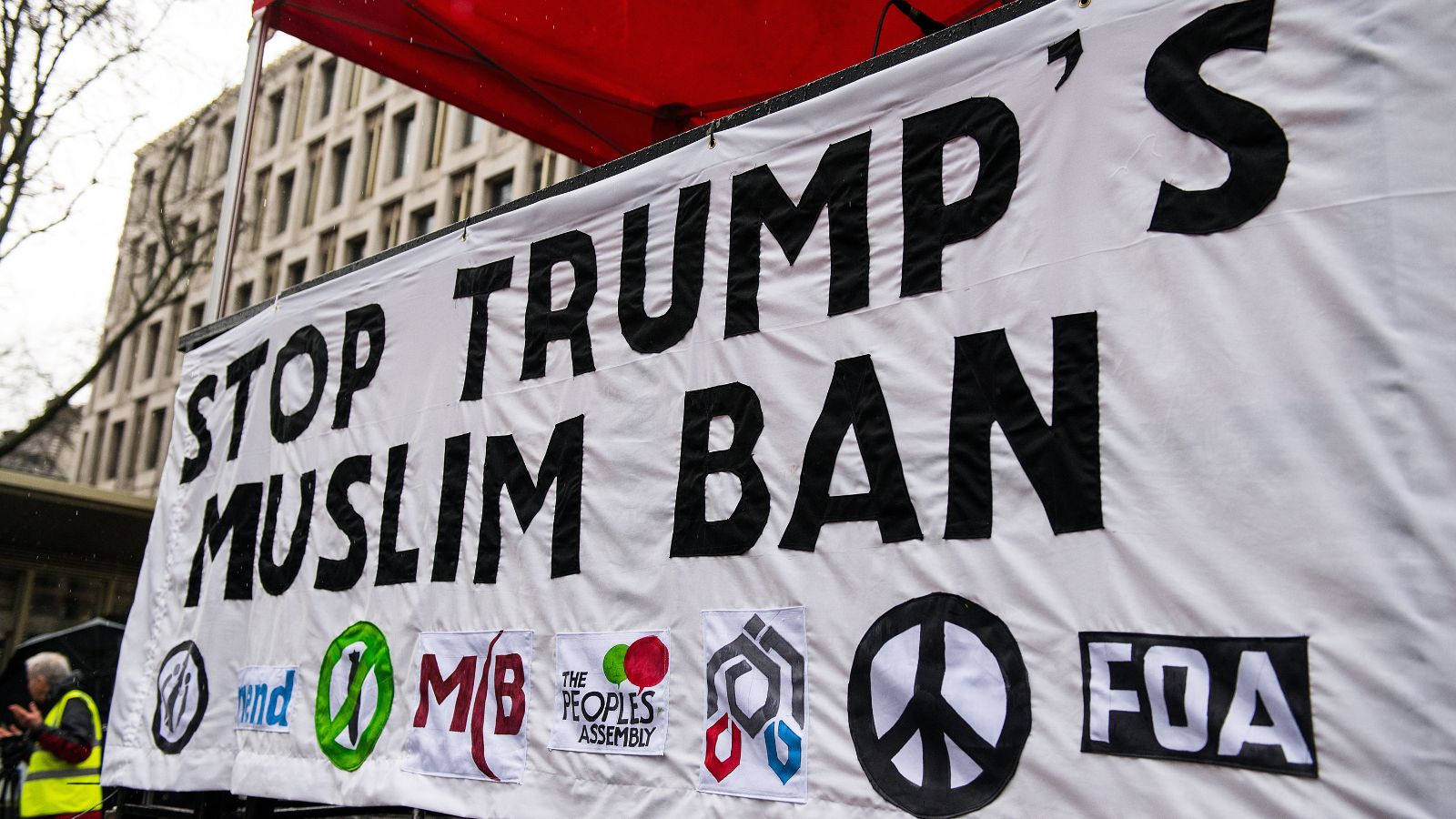
Throughout his tenure, Donald Trump implemented controversial policies like the Muslim ban and initiatives targeting immigrants. The media’s coverage of these policies often lacks critical examination of their underlying fascist tendencies. Some argue that this gap in reporting has lessened public awareness of the undercurrents in Trump’s policy-making.
Media’s Role in Confronting Trump’s Rhetoric
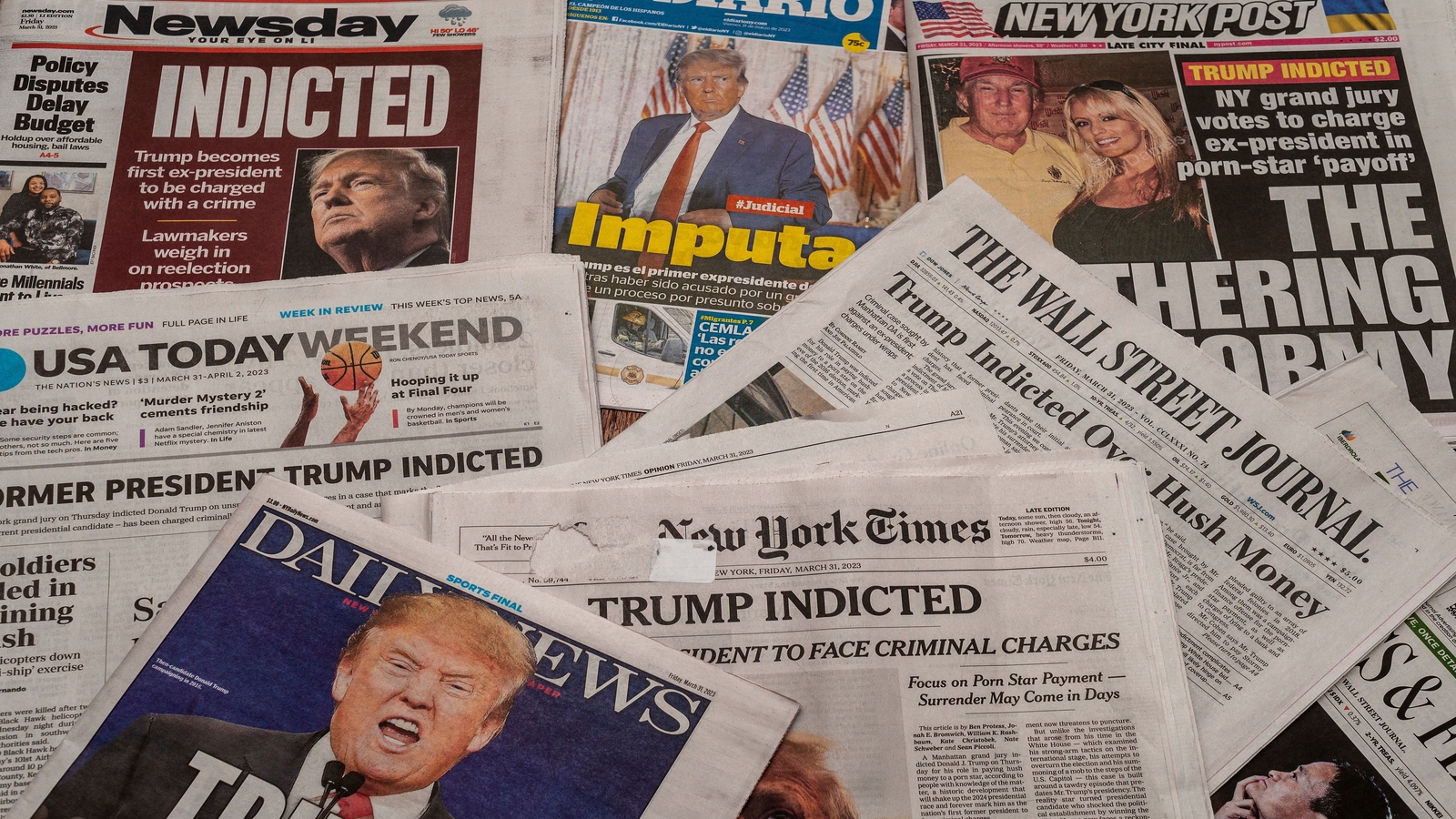
As Donald Trump remains a significant figure in American politics, the role of the media in addressing his authoritarian rhetoric becomes more crucial. Journalists are increasingly challenged to move beyond a stance of neutrality. Some people call for them to actively critique the undertones of Trump’s policies and public statements.
The MAGA Movement’s Fascist Leanings
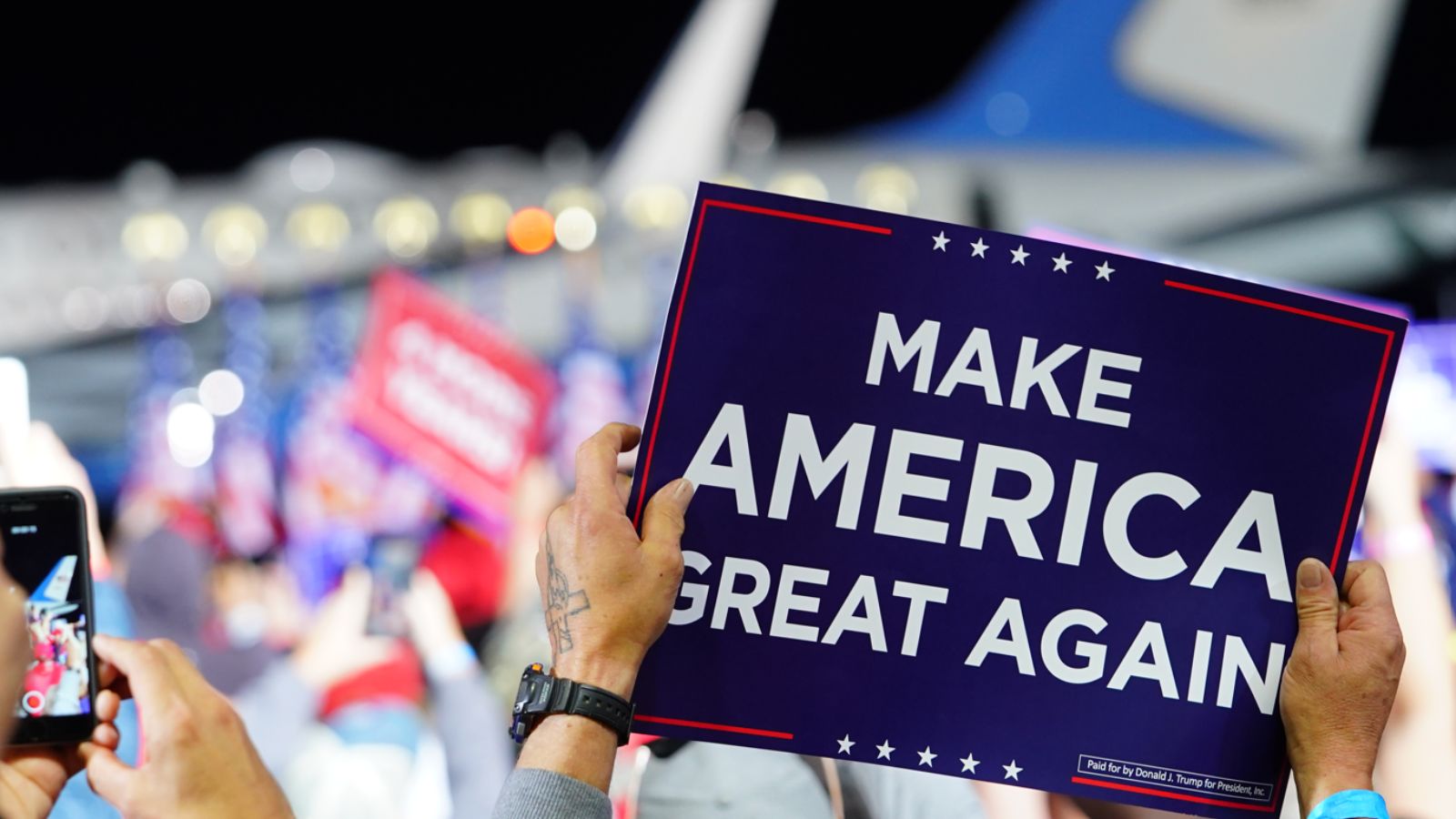
Under Donald Trump’s leadership, the MAGA movement has gradually adopted elements that some say align with fascism. This transition, while subtle, has become increasingly evident. It has sparked concern about the implications for democratic practices in the United States. To some, it reflects a troubling shift toward authoritarianism.
Political Responses to Trump’s Authoritarianism
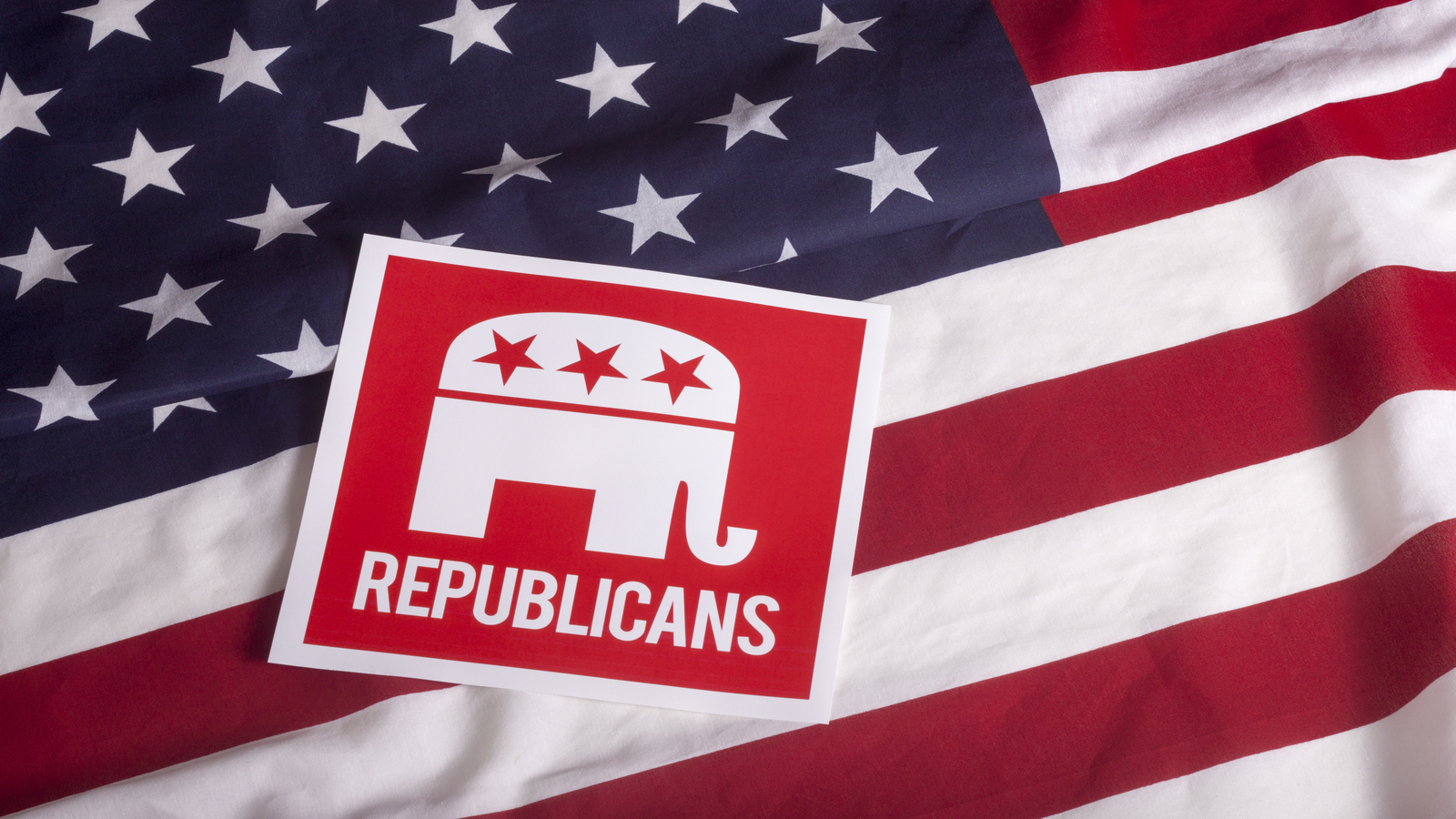
Confronting Donald Trump’s authoritarian rhetoric and policies has become a pressing issue for political opponents, journalists, and even some Republican officials. The need for direct criticism and confrontation has grown as Trump’s influence continues to shape the political landscape. This necessity underscores the urgency of addressing the situation.
Public Opinion on Trump’s Rhetoric

In response, one user called Trump “The greatest threat America has ever faced, or is likely to ever face!” This statement reflects a growing public concern about the dangers of Trump’s divisive language. It demonstrates the heightened alarm level and perceived threat to American democracy.
The Irony of Fascist Accusations
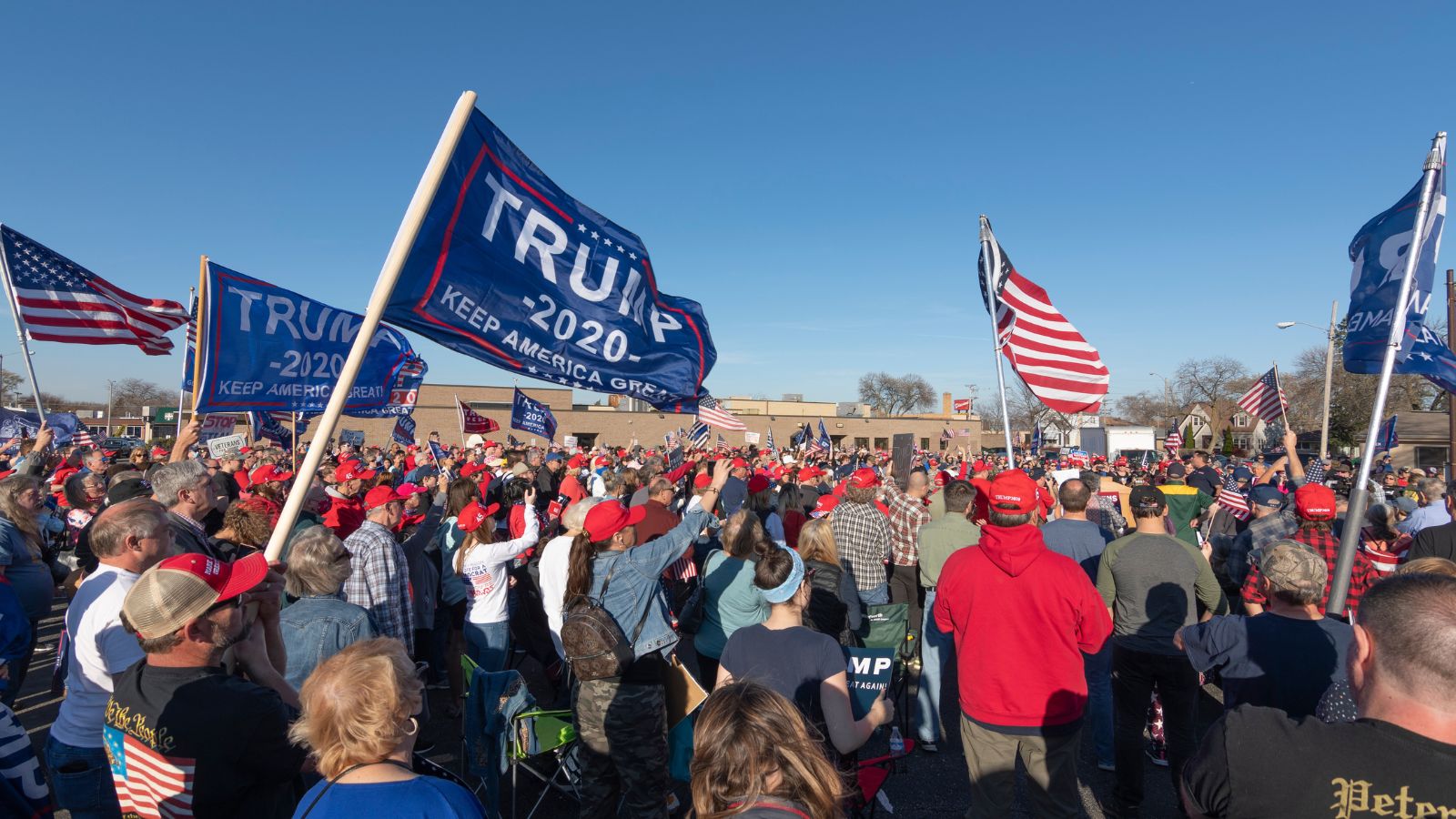
Despite accusations of fascism, Trump supporters often retort with statements like, “Amazing how open border, liberal, crime loving vermin cry Fascist because someone wants to instill law and order. LOL.” This highlights the polarized nature of the political discourse. Some users argue that Trump supporters are too dismissive towards serious allegations.
The Evolving Perception of Trump

Public opinions about Trump are varied and intense, with one user saying they “don’t know exactly what Trump is, just know he is an evil man.” Another user sarcastically responded by saying, “Yes, because Trump wants to deprogram every American so that he can control them. Oh wait…” Clearly, his political persona is a complex topic.
The Historical Context of Trump’s Fascism
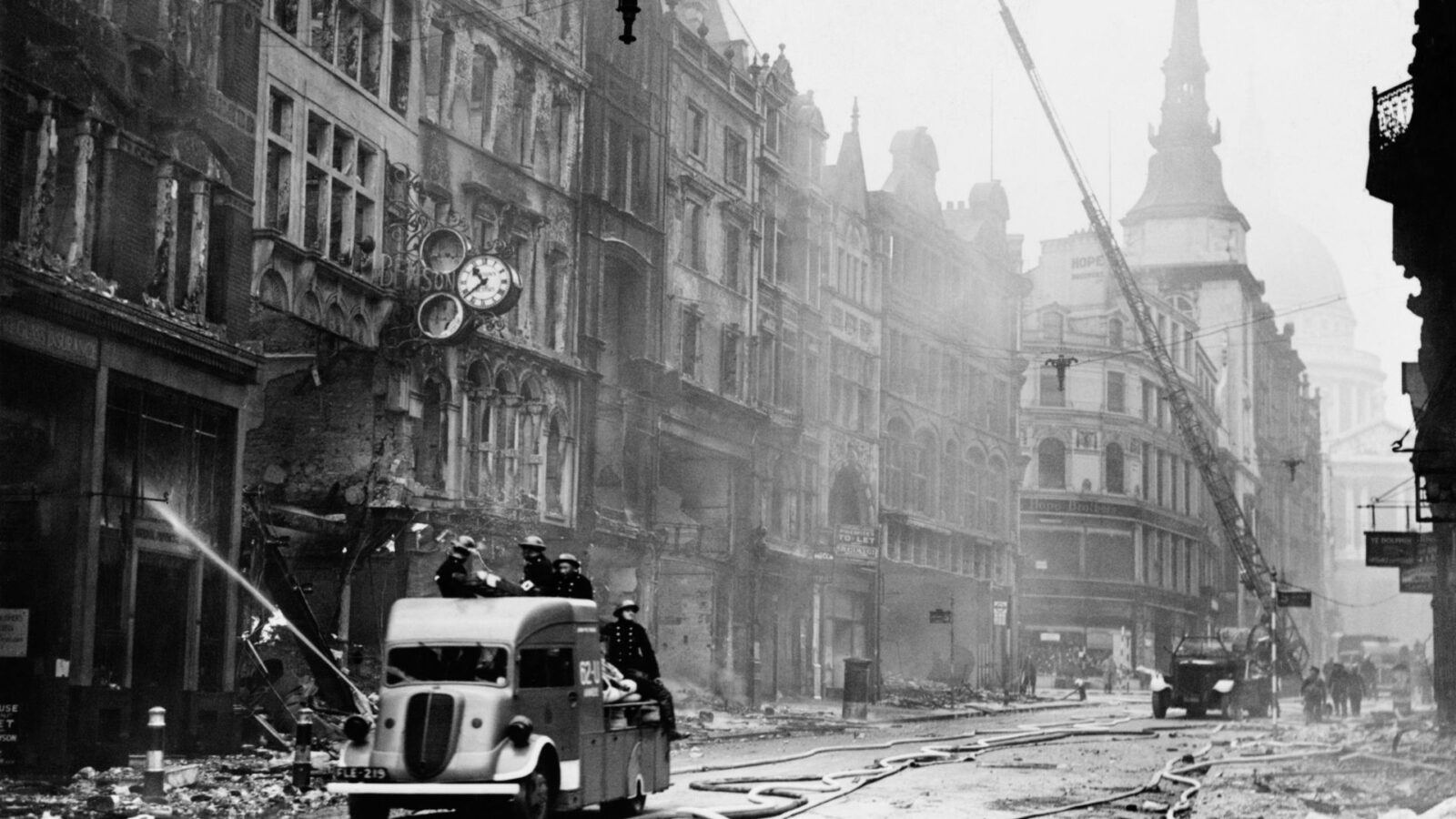
Comparisons of Trump’s movement to pre-World War II fascism are increasingly common, with statements like, “This orange thing has been a fascist for years.” These comparisons draw parallels between his language and the rise of fascist movements in history. These users highlighted the potential dangers they pose.
The Political Divide in America

One commenter said, “Democrats are attempting to imprison a political opponent, and that is 100% acceptable.” Another user argued, “I’m sure the Red Hat crowd thinks that vengeance, threats, and division are the way to live.” Both of these opinions show the deep political divide in America. They reflect the differing views of Trump’s actions and the broader ideological conflict in the country.
Terrifying Prospects: 12 Moves Trump Could Unleash If Re-elected in 2024
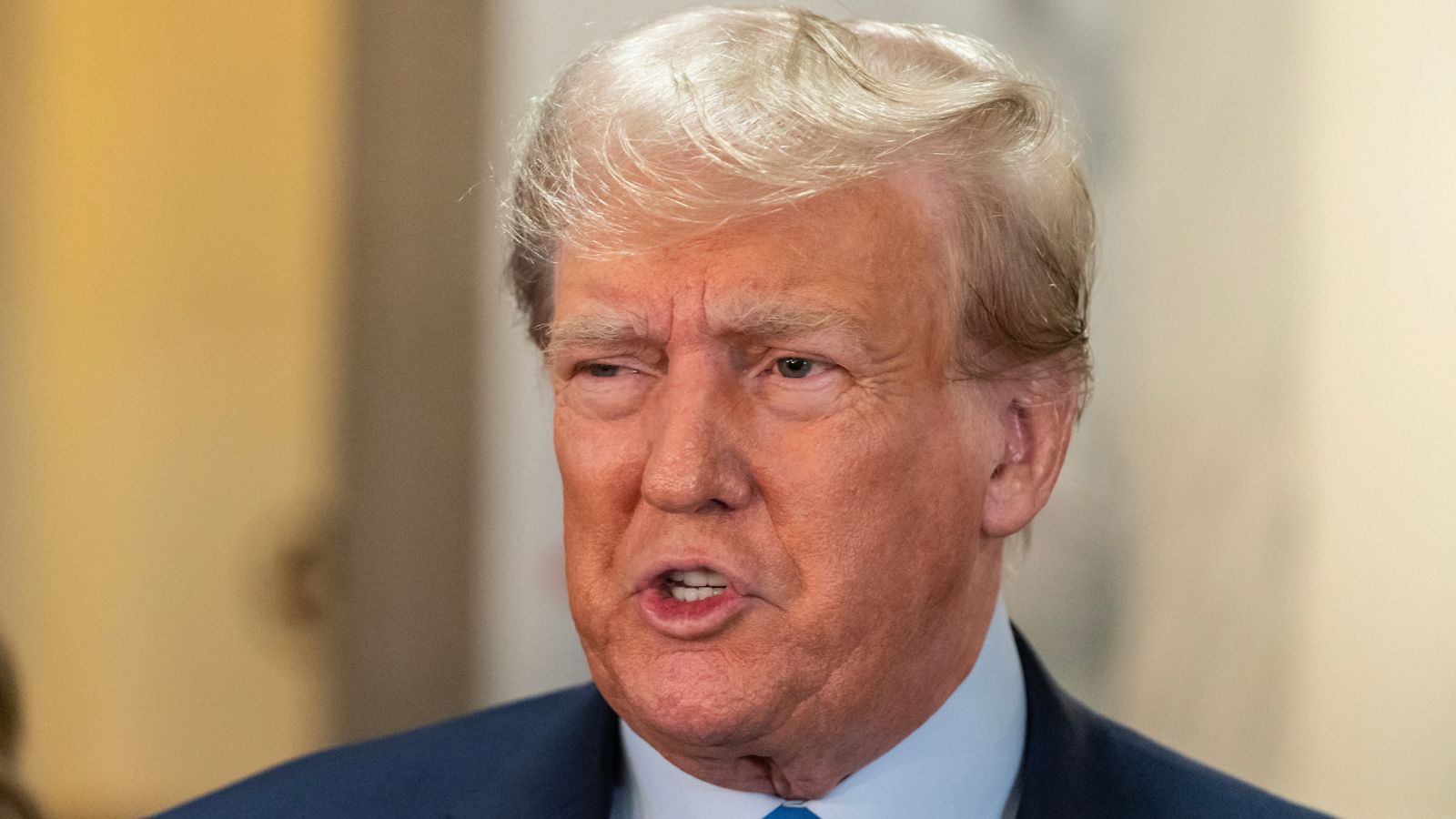
Terrifying Prospects: 12 Moves Trump Could Unleash If Re-elected in 2024
21 Things MAGA Followers Permanently Destroyed For Everyone Else
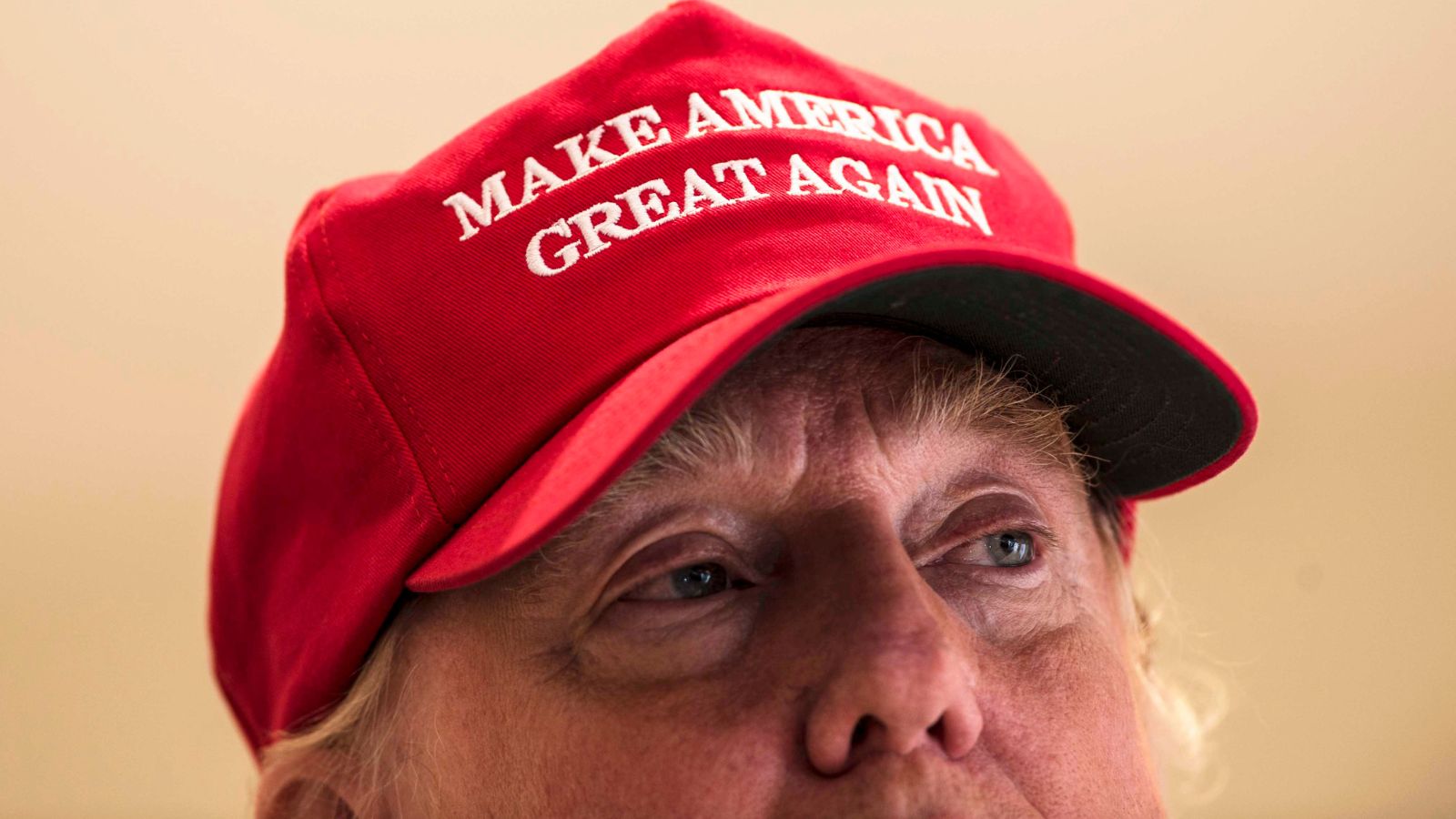
21 Things MAGA Followers Permanently Destroyed For Everyone Else
America’s 15 Most Miserable States Revealed: Data Shows Places You Don’t Want to Live

America’s 15 Most Miserable States Revealed: Data Shows Places You Don’t Want to Live
12 Ways the World Suffered from Trump’s Reckless Moves
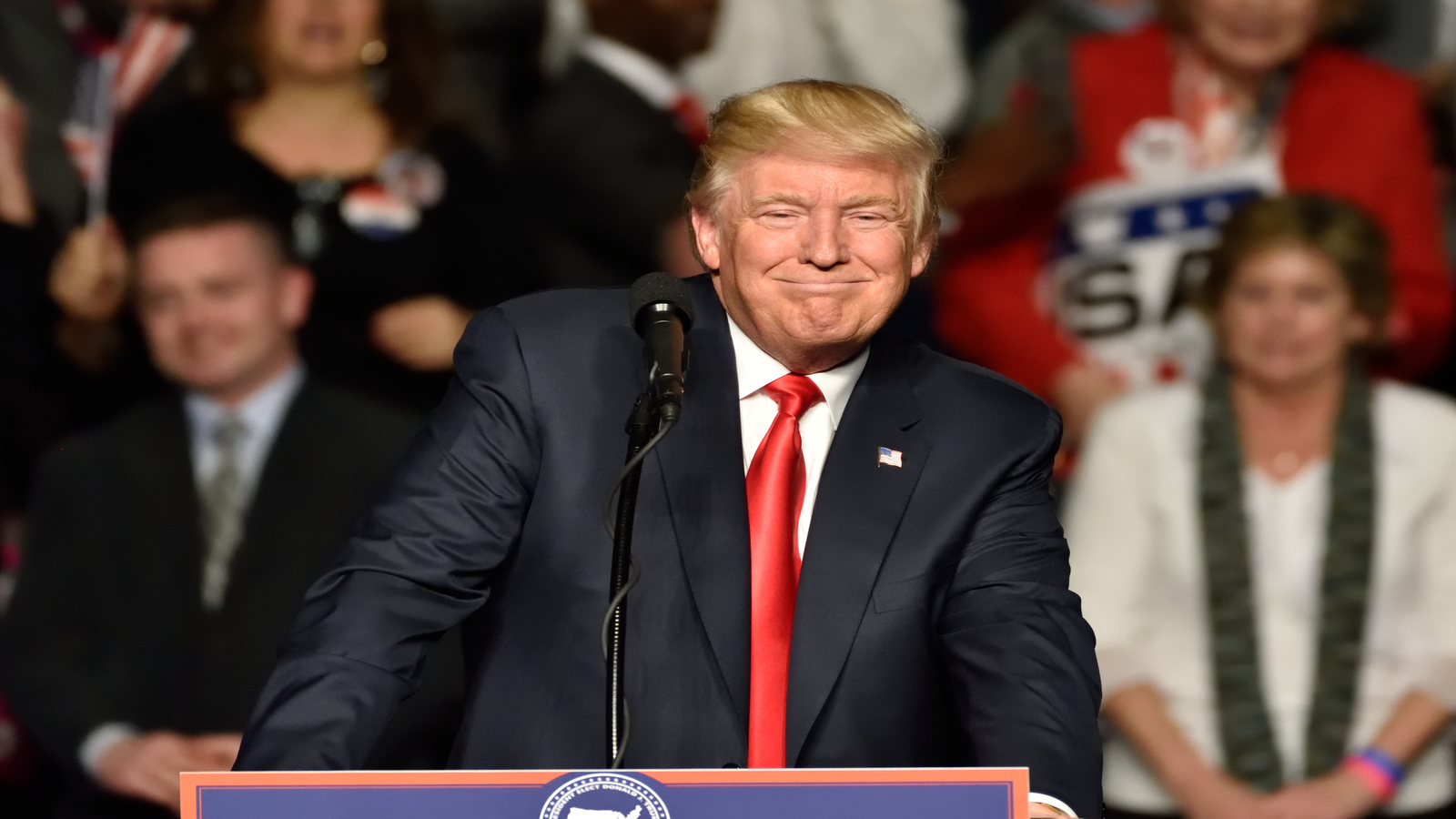
12 Ways the World Suffered from Trump’s Reckless Moves
Trump’s Hit List: 18 Brands That Incited the Wrath of the Former President
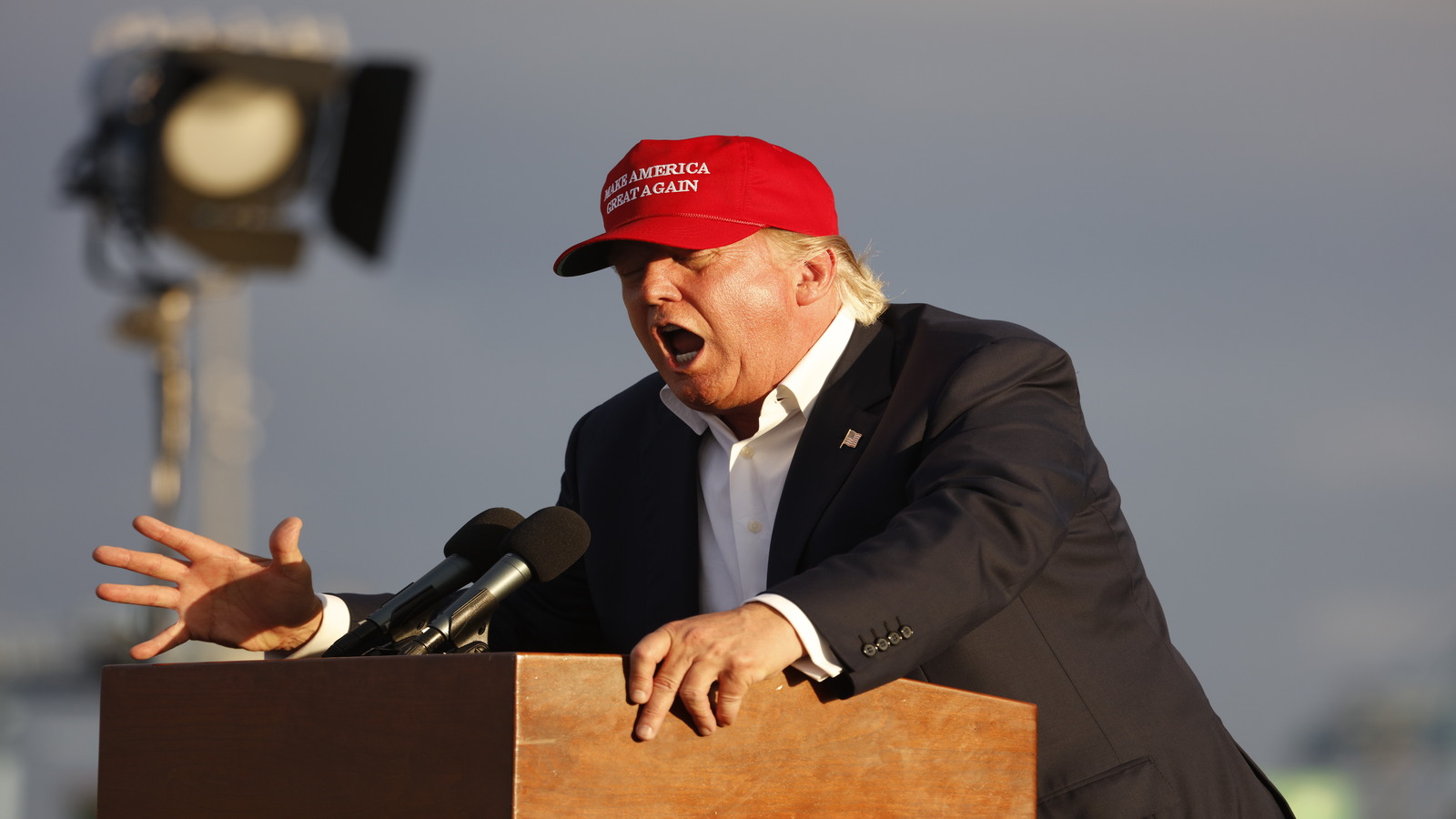
Trump’s Hit List: 18 Brands That Incited the Wrath of the Former President

